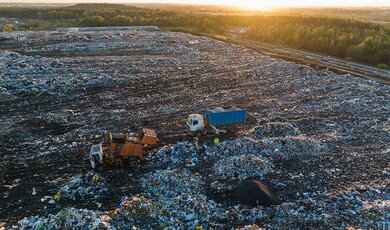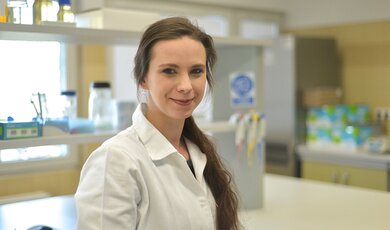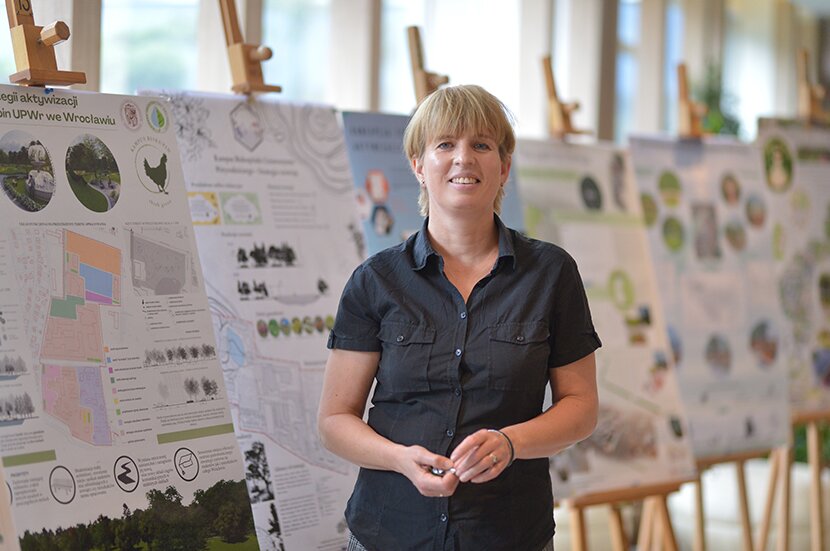
The Biskupin Campus through the eyes of students: green and innovative in design
UPWr students of Landscape Architecture have designed plans for the development of the Biskupin Campus aligning with the principles of sustainable development. – The students' ideas are interesting and full of innovative and 'green' design solutions. So, there should be an impulse to take action so that the campus becomes a model, multifunctional public space in Wrocław in the future – says Dr. Anna Bocheńska-Skałecka.
- The students' ideas are innovative, and in each project there is an interesting solution
- Green roofs and a green Biskupin Campus – a dream come true for young people
The projects, which can be viewed on posters in the hall of the C2 Landscaping building until June 16 th, were created as part of the Urban Landscaping course. Their authors are first-year Landscape Architecture students and Erasmus students. – The impulse to take up the subject was our university's addition to the EU GREEN consortium, where one of the areas of activity is shaping the areas of the university campuses in accordance with the principles of sustainable development – says Dr Anna Bocheńska-Skałecka, adding that the issue of 'shaping green areas of public space to improve the well-being of the urban environment' is also part of the subject itself.
Each project contained an interesting idea or solution
As part of the projects, the students had to familiarise themselves, among other things, with contemporary trends in the design of university campuses in Europe and the shaping of areas of public space after the pandemic. – The problem was the difficulty in drawing conclusions from the analyses, especially as the location of the Biskupin Campus is unique: the site is under conservation protection, it is located on the so-called Big Island, in the immediate vicinity of the riverside areas with high natural values on the one hand, and residential buildings on the other – says the UPWr scientist.
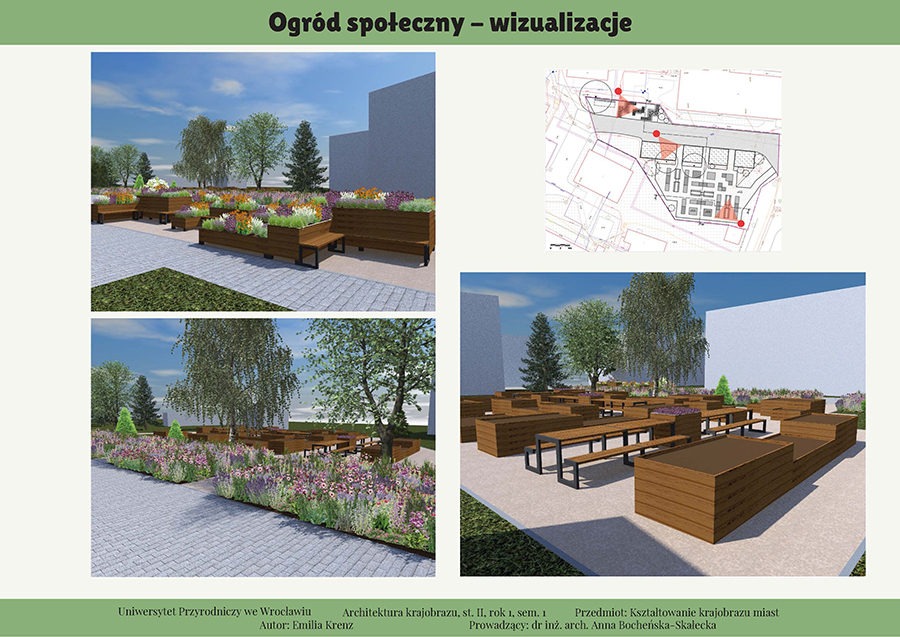
She emphasises that she is nevertheless very pleased that the topic was able to be realised, and that it additionally provides very interesting material for further activities. – I would like to thank all the student teams for their concepts and also for the good atmosphere during our meetings. In each project there was an interesting idea or solution – adds Dr. Bocheńska-Skałecka and points out that all project teams referred in their work to the university's profile – nature and pro-environmentalism.
This can also be seen in the slogans for the Biskupin Campus. One of them, by the team consisting of Marietta Kozica, Olga Koziel and Emilia Krenz: "The Biskupin Campus as a blue-green place for learning, leisure and recreation", emphasises the delicacy and harmony of the relationship between man and nature.
The campus as a green area
On the other hand, an interesting project was presented by the team of Joanna Zahor, Wanda Ziętek and Aleksandra Zdrojewska. There is a clear phasing and division of the area into zones: a public one with a meeting place and a semi-public one for outdoor education.
Also noteworthy are the ideas for original small architecture by the team of Karolina Gąszczak and Karolina Kelner. Seats and benches that are also elements of the so-called visual information, entrance gates with "green roofs" have been designed, which on the one hand are to help with spatial orientation on the Campus, and on the other strengthen its image as a public green area of UPWr.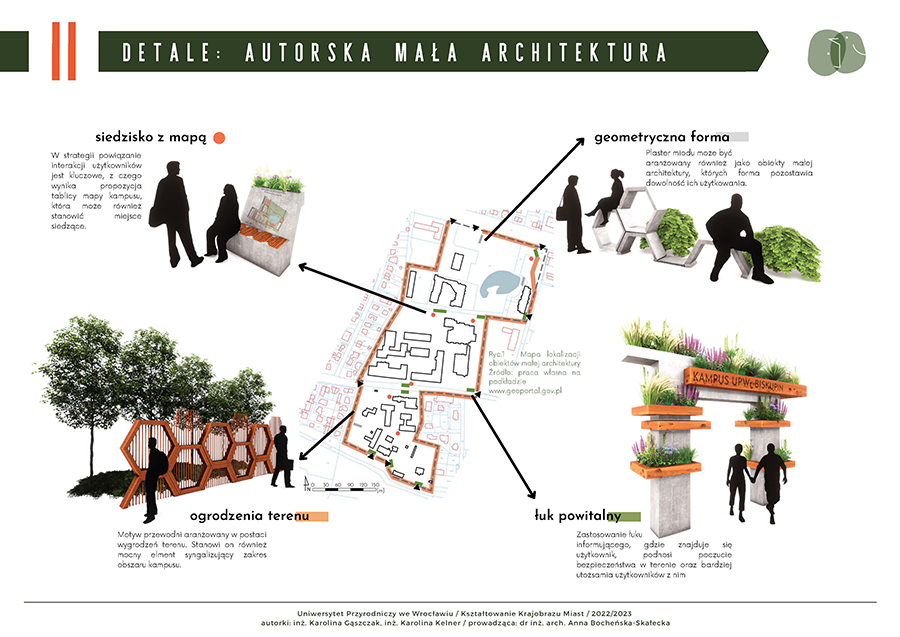
– Very importantly, during the design process, the teams took into account information on what happens on the Biskupin Campus on a daily basis. At this point, I would like to thank several people for their help and time devoted to the students. These are Dr Sylwia Wierzcholska, Dr Małgorzata Świąder and Professor Krzysztof Lejcuś. I hope that the projects we have created with the students may prove useful in the context of the EU GREEN both as a basis for future investments, but also, for example, in education and teaching. Each team included in their strategy the possibility of phasing the project, as well as minimum, optimum and maximum solutions, which makes it possible to implement in stages, taking into account financial limitations, or to use the material in applications for funding for the proposed solutions – concludes Dr Anna Bocheńska-Skałecka.
|
The projects were created in several student teams (groups ranged from 2-4 people):
All projects can be viewed by here. |

